
|
|
Font Size:
|
||||
|
|
|
|
||||
STATISTICAL BRIEF #111:
Expenses for a Hospital Emergency Room Visit, 2003
Highlights
- In 2003, the average expenditure for an emergency room visit was $560 while the median expenditure was $299.
- Emergency room visits involving surgery were most expensive on average while those where no special services were provided (such as laboratory tests and various radiological diagnostic procedures) tended to be least expensive.
- The average expense for an emergency room visit was highest for persons age 45-64 and lowest for children under 18 years of age.
- The average expense for an emergency room visit was somewhat higher for metropolitan statistical areas than other less urban areas.
- Expenses for emergency room visits in 2003 were generally higher than for other ambulatory visits to hospital outpatient department or office-based settings.
Introduction
About one of every seven persons in the U.S. civilian noninstitutionalized population was reported to have had an emergency room visit in 2003, and emergency department services accounted for approximately 10 percent of all ambulatory health care expenditures. In general, an emergency room visit is more expensive than comparable care received in other ambulatory settings, such as hospital outpatient departments or physician offices. There is some concern among policymakers about both the cost and health implications of overuse and inappropriate use of emergency rooms, particularly for persons with limited access to other ambulatory care.
This Statistical Brief presents estimates based on data from the Household Component of the Medical Expenditure Panel Survey (MEPS-HC) on payments for hospital emergency room visits (excluding those where facility expenses were rolled into a hospital admission) among persons in the U.S. civilian noninstitutionalized population in 2003. Variations in expenses for emergency room visits are illustrated according to services that were reported to be provided as well as selected demographic characteristics of patients. In addition, average expenses are compared to those for visits to other ambulatory settings. All differences between estimates noted in the text are statistically significant at the 0.05 level or better.
Findings
Distribution of expenses for emergency room visits
In 2003, the average total payment from all sources (e.g., private insurance, Medicaid, Medicare, out-of-pocket payments, and other miscellaneous sources) for an emergency room visit was $560 (figure 1). However, there was substantial variation across visits in emergency room expenses. For example, expenses for about 10 percent of visits were less than $42 (10th percentile) while, at the other extreme, expenses for the top 10 percent of visits were greater than $1,246 (90th percentile). The highest expenditure visits have a disproportionate impact on the average. Consequently, the median expense for an emergency room visit of $299 was nearly 50 percent lower than the average expense ($560).
Variation by services received
Expenses for emergency room care tend to be higher when special services are provided (figure 2). For example, in 2003 the average expense for a visit where a surgical procedure was performed (about 7 percent of all visits) was $904. This average is 42 percent higher than when surgery was not performed but at least one other special service (such as laboratory tests, X-rays, and radiological services; see Definitions section for complete listing) was provided (about 64 percent of visits). The average for visits where no special services were provided (about 29 percent of visits) was only $302, less than half that for those with one or more nonsurgical services ($637).
Variation by selected demographic characteristics
The average expenditure for an emergency room visit also varies by some demographic characteristics of patients. For example, in 2003 the average expense for a visit among persons age 45-64 ($832) was substantially higher than for any other age group, lowest for children under 18 ($423), and slightly higher for males than females (figure 3). While variation across geographic regions was not significant, the average expense for an emergency room visit was higher in metropolitan than nonmetropolitan areas (figure 4).
Comparison to other ambulatory settings
Expenses for emergency room visits in 2003 were generally higher than for ambulatory visits to hospital outpatient department or office-based settings (figure 5). In particular, the median expense for an emergency room visit of $299 was more than twice as large as the median expense for a hospital outpatient department visit ($131) and nearly five times that for an office-based visit ($63). While average expenses for emergency room and hospital outpatient department visits were virtually identical ($560 and $557, respectively), both were substantially larger than the average of $121 for office-based visits.
Data Source
The estimates in this Statistical Brief are based on data from the MEPS 2003 Emergency Room Visits File (HC-077E). Demographic information was linked from the MEPS 2003 Full Year Consolidated Data File (HC-079).
Definitions
Expenses (also referred to as expenditures or payments)
Payments from all sources for emergency room visits reported by respondents in the MEPS-HC. Sources include direct payments from individuals, private insurance, Medicare, Medicaid, Workers' Compensation, and miscellaneous other sources. Expenditures include those for both facility and separately billed physicians' services. Visits where facility expenses were rolled into a hospital admission are not included.
Other services
One or more of the following services reported: laboratory test, sonogram or ultrasound, X-ray, mammogram, MRI, CAT scan EKG, ECG, EEG, vaccination, anesthesia, and other miscellaneous diagnostic tests.
Region
- Northeast: Maine, New Hampshire, Vermont, Massachusetts, Rhode Island, Connecticut, New York, New Jersey, and Pennsylvania
- Midwest: Ohio, Indiana, Illinois, Michigan, Wisconsin, Minnesota, Iowa, Missouri, North Dakota, South Dakota, Nebraska, and Kansas
- South: Delaware, Maryland, District of Columbia, Virginia, West Virginia, North Carolina, South Carolina, Georgia, Florida, Kentucky, Tennessee, Alabama, Mississippi, Arkansas, Louisiana, Oklahoma, and Texas
- West: Montana, Idaho, Wyoming, Colorado, New Mexico, Arizona, Utah, Nevada, Washington, Oregon, California, Alaska, and Hawaii
Areas designated by the U.S. Office of Management and Budget that are composed of a large population nucleus combined with adjacent communities that have a high degree of economic and social integration with the nucleus. An MSA has one or more central counties containing the area's main population concentration.
About MEPS-HC
MEPS-HC is a nationally representative longitudinal survey that collects detailed information on health care utilization and expenditures, health insurance, and health status, as well as a wide variety of social, demographic, and economic characteristics for the civilian noninstitutionalized population. It is cosponsored by the Agency for Healthcare Research and Quality and the National Center for Health Statistics.
For more information about MEPS, call the MEPS information coordinator at AHRQ (301-427-1656) or visit the MEPS Web site at http://www.meps.ahrq.gov/.
References
For a detailed description of the MEPS survey design, sample design, and methods used to minimize sources of nonsampling error, see the following publications:
Cohen, J. Design and Methods of the Medical Expenditure Panel Survey Household Component. MEPS Methodology Report No. 1. AHCPR Pub. No. 97-0026. Rockville, Md.: Agency for Health Care Policy and Research, 1997.
Cohen, S. Sample Design of the 1996 Medical Expenditure Panel Survey Household Component. MEPS Methodology Report No. 2. AHCPR Pub. No. 97-0027. Rockville, Md.: Agency for Health Care Policy and Research, 1997.
Cohen, S. Design Strategies and Innovations in the Medical Expenditure Panel Survey. Medical Care, July 2003: 41(7) Supplement: III-5-III-12.
Suggested Citation
Machlin, S. R. Expenses for a Hospital Emergency Room Visit, 2003. Statistical Brief #111. January 2006. Agency for Healthcare Research and Quality, Rockville, Md. http://meps.ahrq.gov/mepsweb/data_files/publications/st111/stat111.shtml
AHRQ welcomes questions and comments from readers of this publication who are interested in obtaining more information about access, cost, use, financing, and quality of health care in the United States. We also invite you to tell us how you are using this Statistical Brief and other MEPS data and tools and to share suggestions on how MEPS products might be enhanced to further meet your needs. Please e-mail us at mepspd@ahrq.gov or send a letter to the address below:
Steven B. Cohen, PhD, Director
Center for Financing, Access, and Cost Trends
Agency for Healthcare Research and Quality
540 Gaither Road
Rockville, MD 20850
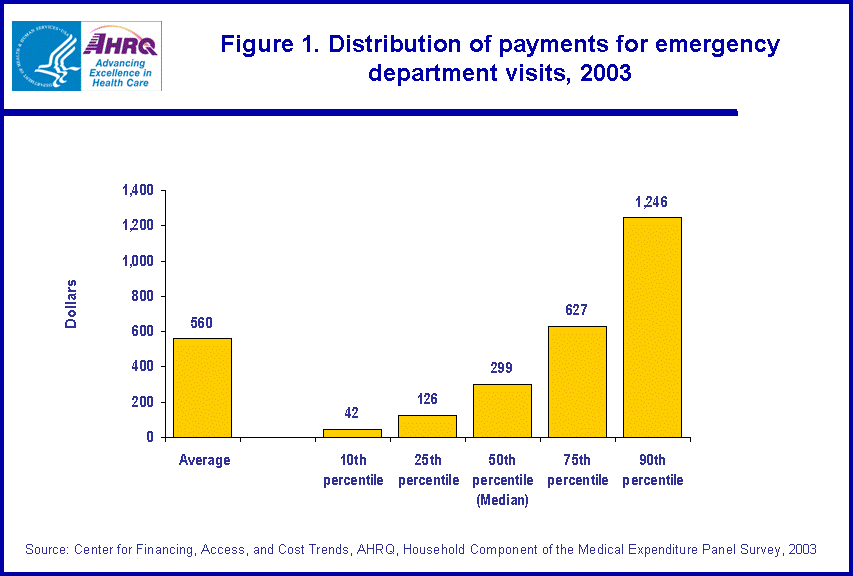 |
||||||||||||||||||||||||||||||||
|
||||||||||||||||||||||||||||||||
|
|
||||||||||||||||||||||||||||||||
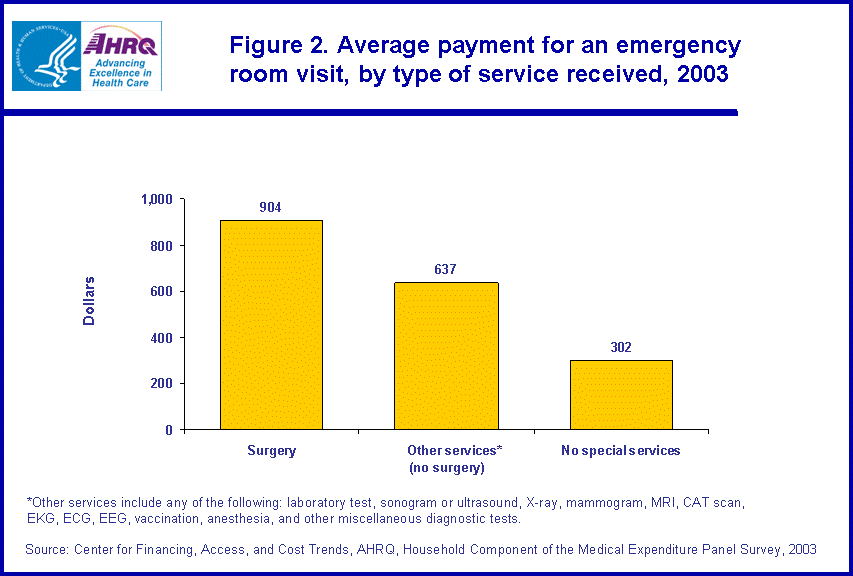 |
||||||||||||||||||||||||||||||||
|
||||||||||||||||||||||||||||||||
|
|
||||||||||||||||||||||||||||||||
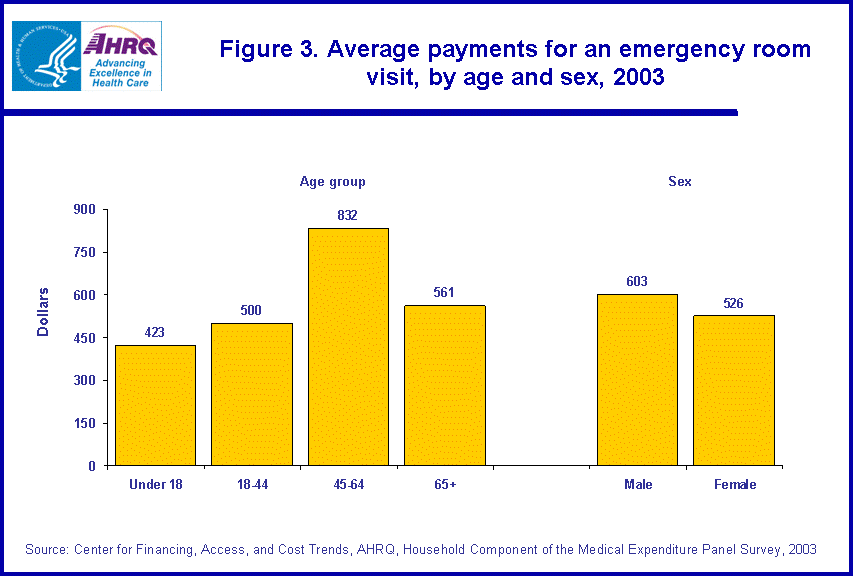 |
||||||||||||||||||||||||||||||||
|
||||||||||||||||||||||||||||||||
|
|
||||||||||||||||||||||||||||||||
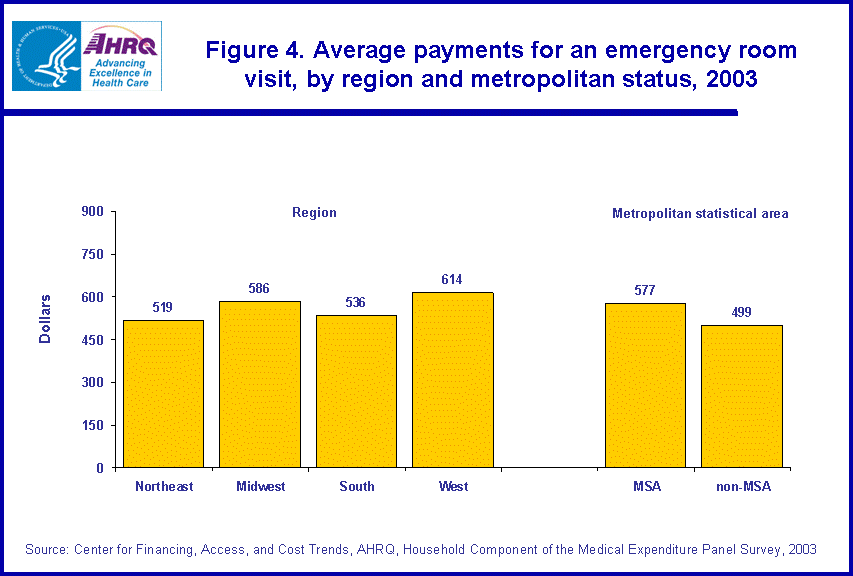 |
||||||||||||||||||||||||||||||||
|
||||||||||||||||||||||||||||||||
|
|
||||||||||||||||||||||||||||||||
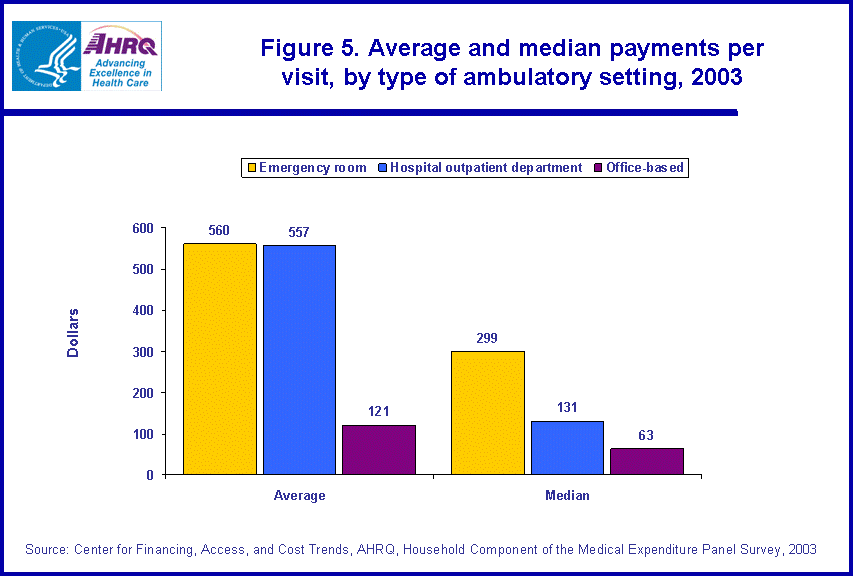 |
||||||||||||||||||||||||||||||||
|
||||||||||||||||||||||||||||||||
|
|
||||||||||||||||||||||||||||||||


